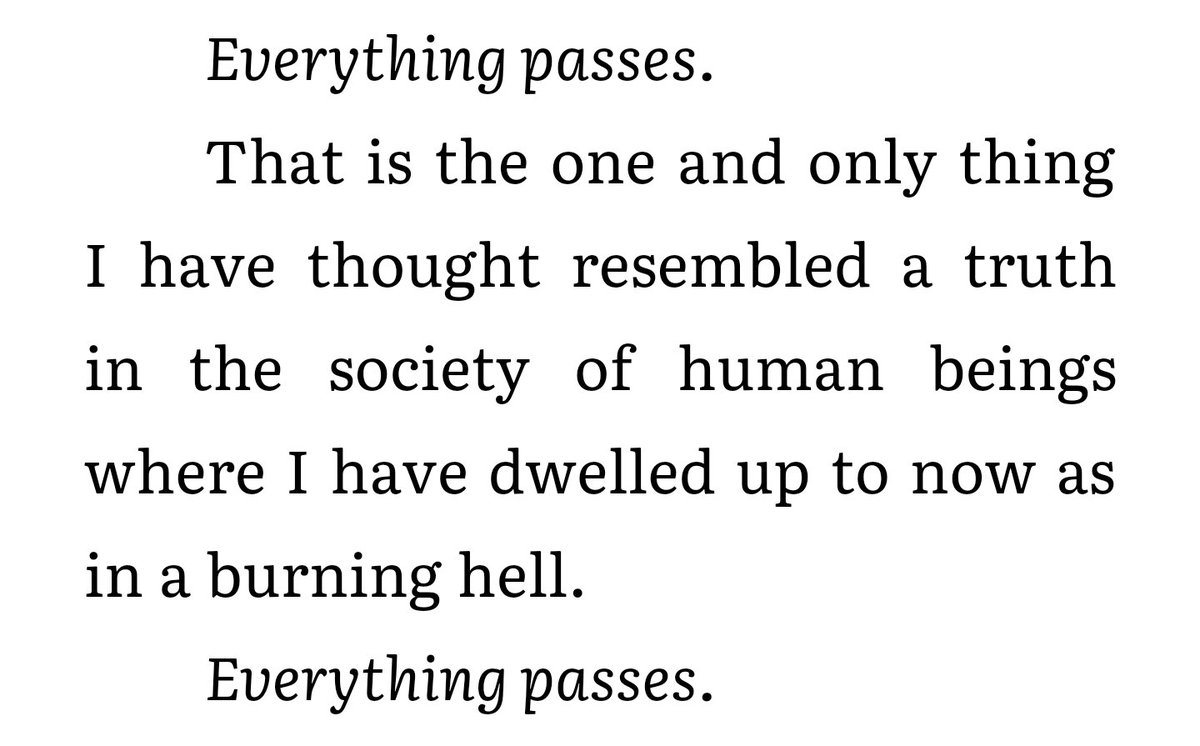

The first notebook depicts Yozo’s childhood. Yozo Oba (simply referred to as “Yozo” in the text) is the author of the three notebooks they are his memoirs. All the photographs depict the man as subtly off-putting something about him is repulsive, not entirely human. Along with these, he is given three photographs of the “madman,” taken at various stages of his life. He is an author in post-war Japan who is given three notebooks, written by a “madman,” by the proprietress of a bar. This guide is based on the New Directions Paperback edition, translated by Donald Keene.Īn unnamed narrator introduces the framework for No Longer Human. Multiple film and anime (Japanese animation) adaptations of No Longer Human have been made to varied commercial success. No Longer Human exhibits many influences from Western literature and is held in critical esteem.

Dazai and Yamazaki died by suicide together in June of 1948.

Dazai fathered several children in and out of wedlock, ultimately abandoning his wife for one of his mistresses, Tomie Yamazaki. Dazai’s novel The SettingSun cemented his place as a prominent literary figure in post-war Japan however, despite his relative literary success, his health and personal life continued to deteriorate.

Like his protagonist, Dazai was the disowned son of a prominent landowner and political figure whose prodigal life distanced himself from his family. The life of the novel’s protagonist, Yozo Oba, echoes many of the tragic episodes of Dazai’s life-including multiple attempts to die by suicide, failed relationships, tuberculosis, and alcohol and morphine addiction. No Longer Human-its original title in Japanese being “Disqualified From Being Human”-deals with themes of mental illness and addiction and is generally considered to be semi-autobiographical. No Longer Human (1973) is the most internationally renowned novel by Japanese author Osamu Dazai-pen name of Shuji Tsushima.


 0 kommentar(er)
0 kommentar(er)
